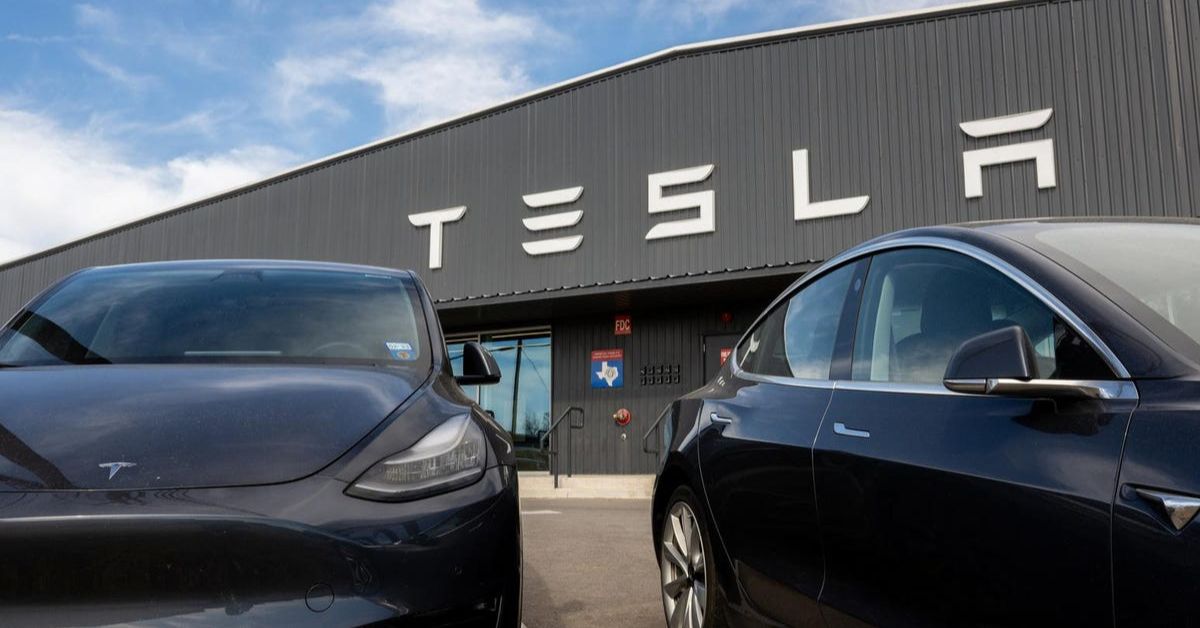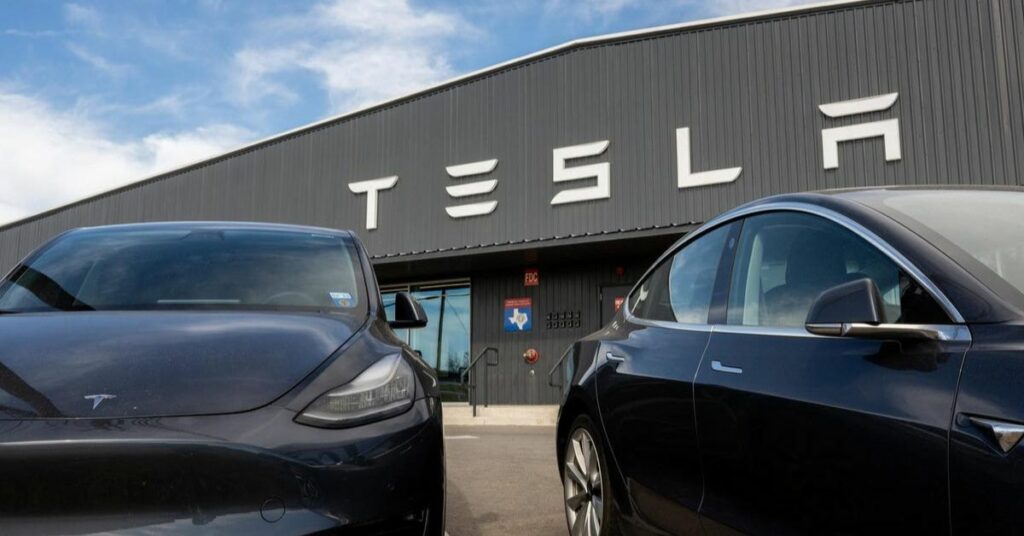Since SpaceX made the decision to launch Elon Musk’s personal Tesla roadster into space, heads have been turned all over the world for the past half a decade. This decision sent the automobile on an endless voyage into the cosmic wilderness, where it is anticipated to remain for millennia to come. Since the sixth of February, a full five years have passed since the launch of the red sports vehicle with cherry accents into orbit.
At the time of its anniversary, data estimates show that it had completed approximately three and one quarter loops around the sun and was located approximately 203 million miles (327 million kilometers) from Earth, according to the tracking website whereisroadster.com. In other words, it had been around the sun for about three and one quarter times.
More than 2.5 billion miles (4 billion kilometers) have been traveled in space by the roadster, the majority of which were traveled through an empty vacuum. However, in the year 2020, the vehicle made its first near approach to Mars, coming within 5 million miles (or approximately 20 times the distance between the Earth and the moon) of the planet.
It is difficult to say with absolute certainty where the vehicle is located, or to determine if it is still in one piece, because it is possible that the car may have been dinged or obliterated by a meteoroid, or that it may have been eroded beyond recognition by radiation. However, it is difficult to say with absolute certainty where the vehicle is located.
Since it was launched into space atop a three-million-pound Falcon Heavy rocket in 2018, there have been no direct observations of the roadster. This includes the weeks immediately following the launch. The only data that we currently have are estimates that were computed based on the path that the car took.
Astronomers don’t have much of a reason to keep an eye on the car because it doesn’t add much to science. The Tesla was meant to be a “dummy payload” for the first mission of the Falcon Heavy in February 2018, a launch that even Musk said had only a 50/50 chance of success.

More Latest News You Can check out:
The Charts Of Tesla Stock Show Two Major Levels Of Possible Support
The U.S. Justice Department Will Look Into How Memphis Police Killed Tyre Nichols
But the launch did go off without a hitch in the end. Since then, the car has been going around the sun in an oval path that swings as far away from the sun as Mars’ orbit and as close to the sun as Earth’s orbit. As of Monday, it was about to cross Mars’ path, even though Mars was on the other side of the sun.
Before its launch in 2018, SpaceX put Easter eggs all over the car. Starman, a mannequin in a spacesuit, was behind the wheel, and there was a sign that said “Don’t Panic” on the dashboard. This was a reference to the famous science fiction story “The Hitchhiker’s Guide to the Galaxy.” There was also a data storage device with Isaac Asminov’s works and a plaque with the names of tens of thousands of SpaceX employees.
Musk said at the time of launch that he hoped people would one day live on other planets in the solar system. This has been a longtime dream of Musk’s and is also the basis for SpaceX’s mission to colonize Mars. Musk said that if and when that happens, he hopes his “descendants will be able to drag (the roadster) back to a museum.”
For now, though, it’s unlikely that the roadster will come close to another planet until 2035, when it will pass by Mars again. NASA says that it will then come within a few million miles of Earth twice, in 2047 and 2050.
One academic paper from 2018 also said that there was a 22% chance that the car would hit the Earth in the next 15 million years. The chances that it will crash into Venus or the Sun are each 12%. If the car does end up crashing into Earth, we’ll just have to hope that it breaks up when it hits the thick atmosphere. (It’s pretty common for things in space to crash into Earth, and most of the time they burn up in the atmosphere. (These kinds of hits rarely happen in populated areas.)
The roadster has its own entry in NASA’s Horizons database, which tracks all the “bodies” of the solar system, like space probes, planets, moons, comets, and asteroids, to keep track of where it is expected to be. “SpaceX Roadster (spacecraft) (Tesla)” is what the Tesla is called on the list.
Go to OrbitSimulator.com and search for “roadster” to see a simulation of the Tesla’s orbit based on the data in Horizons.
Leave your comments if you enjoyed reading this post. And remember to check back with us here News Conduct frequently to learn what’s happening.




